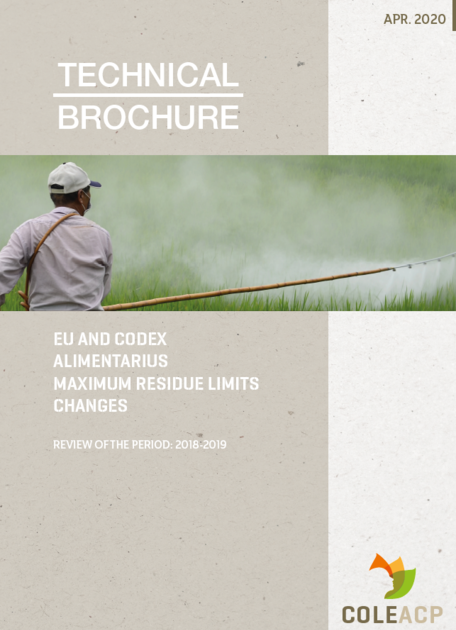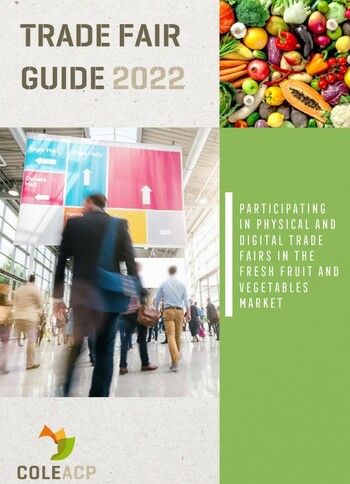EU AND CODEX ALIMENTARIUS MAXIMUM RESIDUE LIMITS CHANGES
A Maximum Residue Limit (MRL) is the maximum concentration of a plant protection product (PPP) legally permitted in food in a given country. By following recommended good agricultural practice (GAP), growers ensure that produce does not contain pesticides at levels above the MRLs. This, in turn, ensures that food placed on the market is safe and does not pose a risk to consumers.
Ongoing regulatory review, and the implementation of stricter standards, has led to many changes to both PPP authorisations and MRLs in the European Union (EU) and at the international level. This has a direct impact on producers who often must change production practices (GAP) to comply with the new rules. Any non-compliances can lead to the interception and destruction of goods, and thus cause significant financial loss as well as reputational damage.
A lower MRL might mean that the GAP needs to be changed or, in the worst case, that a plant protection product (PPP) can no longer be used on certain crops. It is essential for producers to keep up-to-date and to make any necessary adjustments in time to ensure compliance with the regulations, either by adopting the new GAP, or by using alternative control methods. The GAP generally includes recommended dose rate, number and frequency of applications, and the pre-harvest interval.
It should be noted that some producers supply diverse markets that may have different MRLs for a given crop. Domestic and regional markets in ACP countries generally apply MRLs set by the Codex Alimentarius, and these sometimes differ from the EU MRLs. Codex MRLs are also subject to review.
Keeping track of PPP authorisations and MRL changes is complex and time-consuming, but essential to ensure regulatory compliance. COLEACP has responded to requests from its membership to provide a PPP information service that keeps you up to date with the changes that are most critical for the ACP fruit and vegetable sector. This includes a database (E-GAP) that lists the EU and CODEX MRLs currently in force, alongside the respective recommended GAPs. E-GAP is accessible via the COLEACP website. It is supplemented by periodic “Flash Info” bulletins to highlight critical regulatory changes and recommendations as soon as they are officially published.
This document briefly outlines the contents of the database and how it can be accessed. It also summarises the most significant EU and Codex MRLs changes made during 2018-2019, focusing on active substances that are of importance for horticulture in Africa, Caribbean and Pacific (ACP) countries. Producers who use these active substances are urged to take note of these changes and ensure they take the necessary measures to comply with the new MRLs in force.




